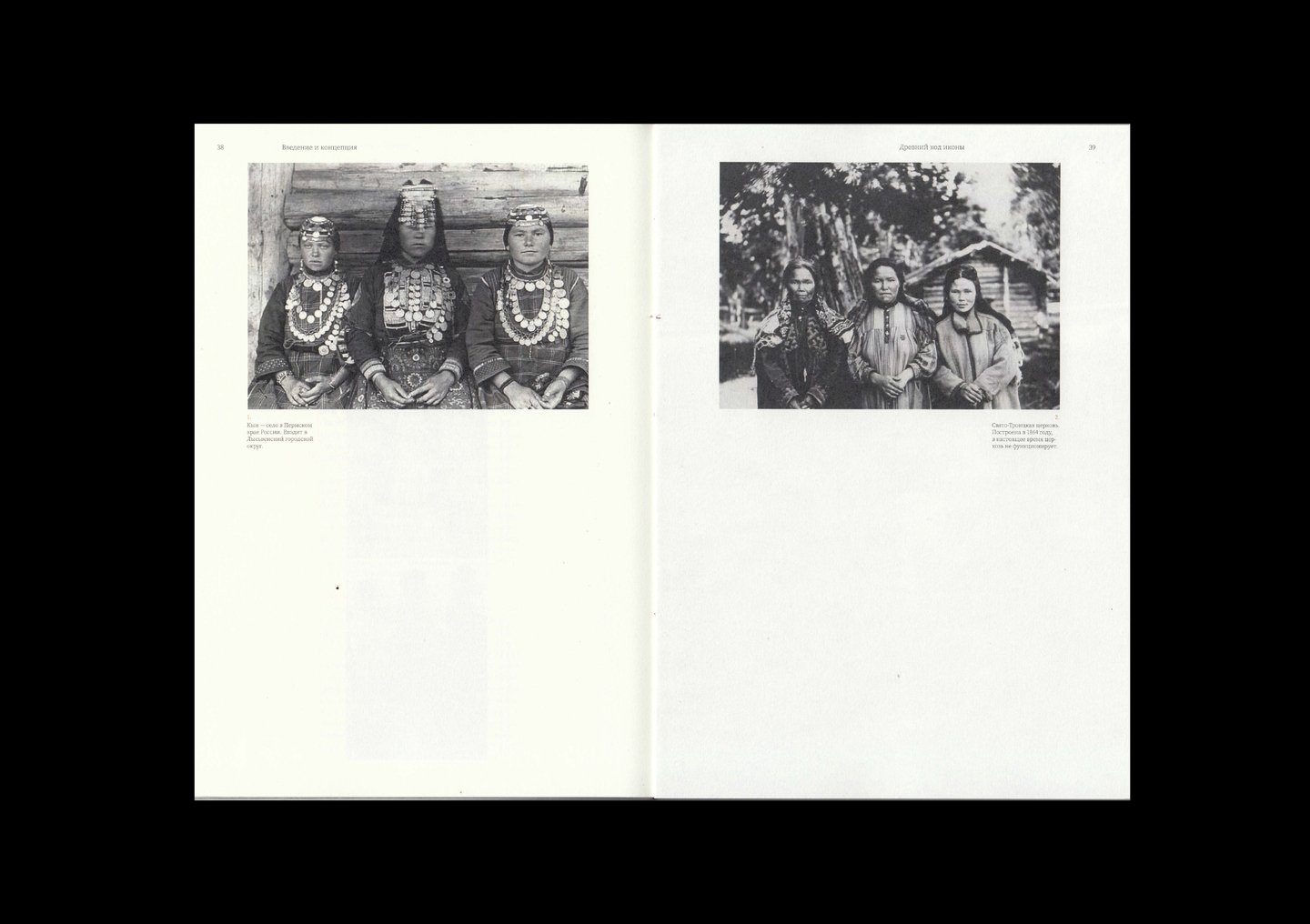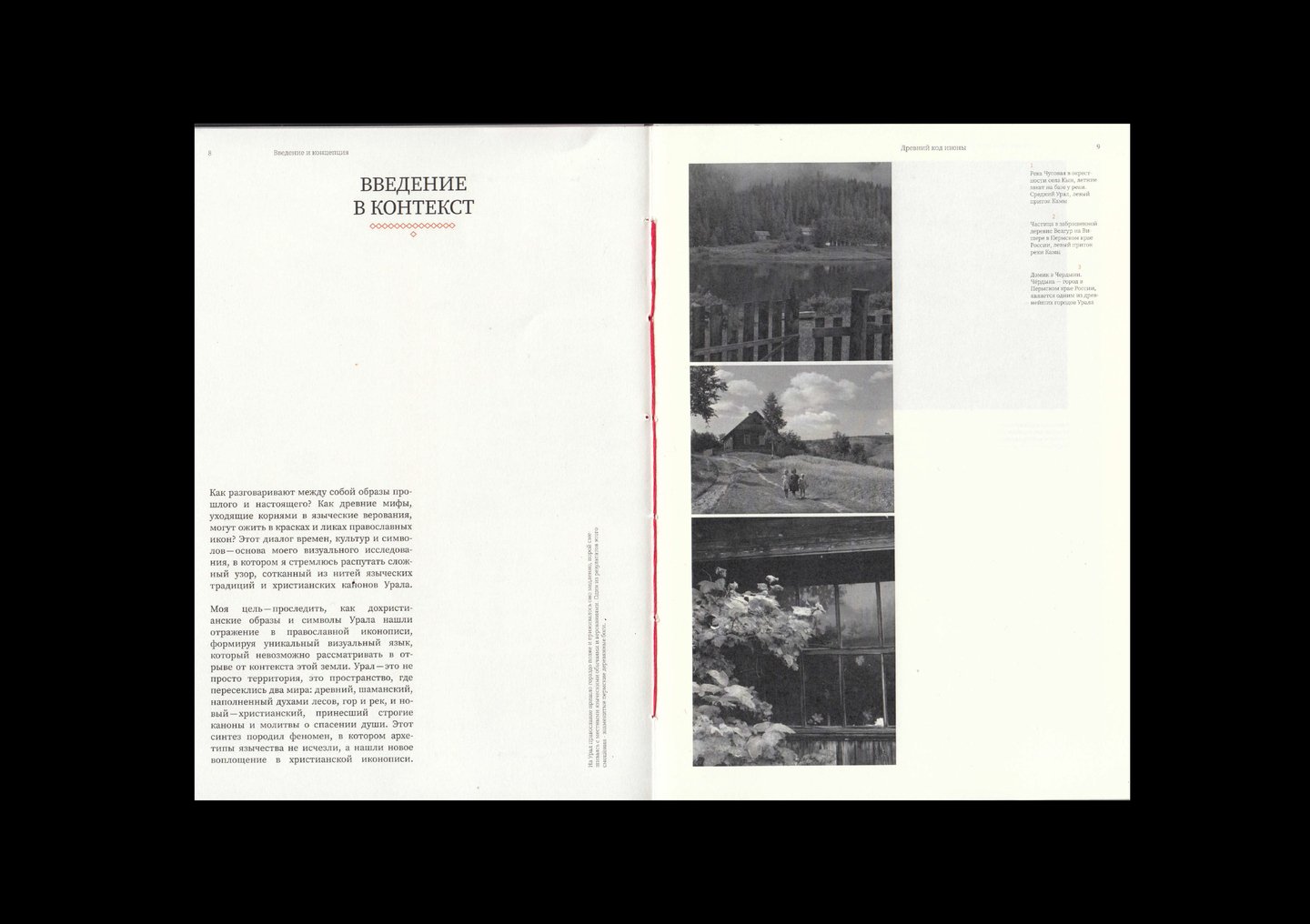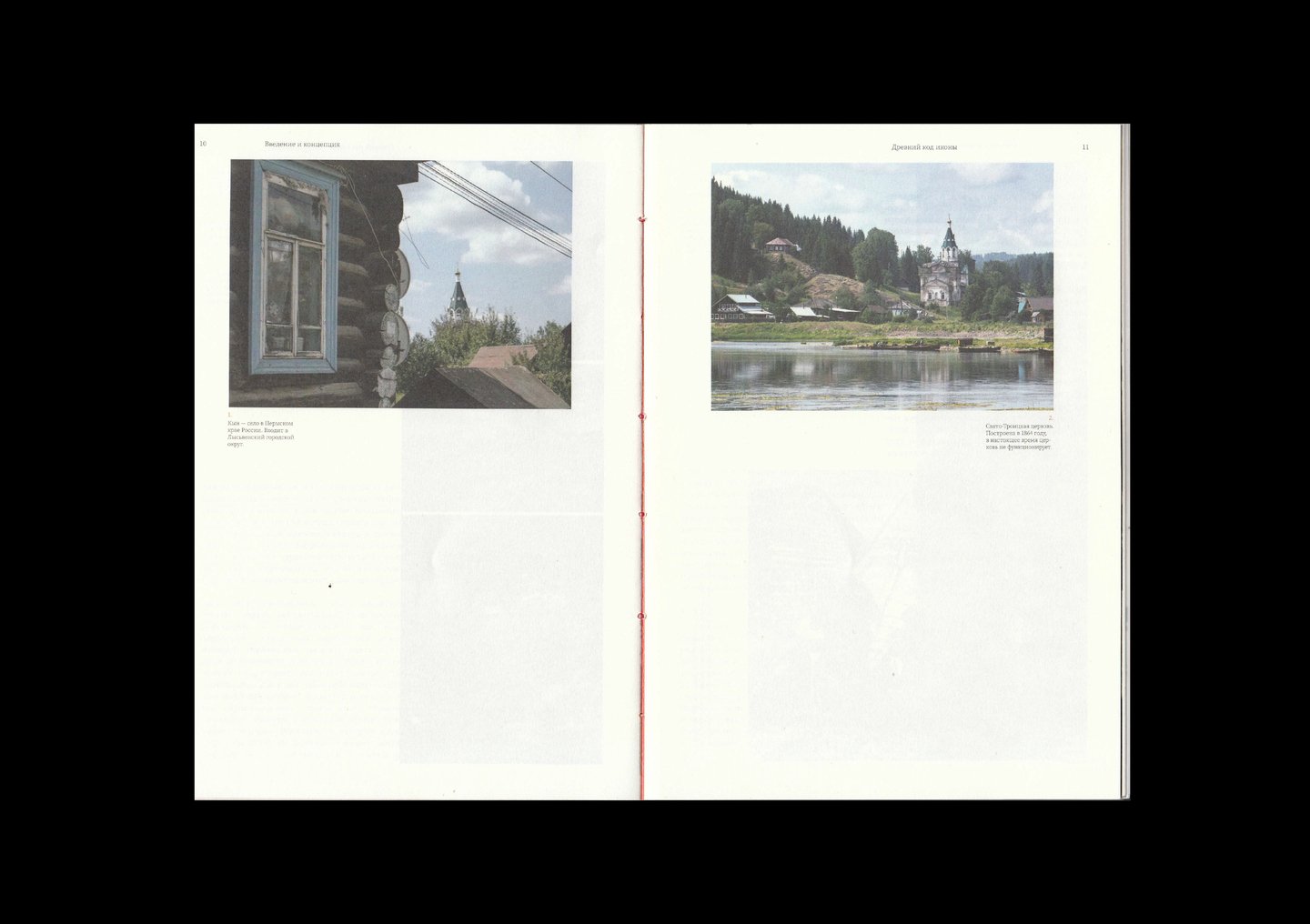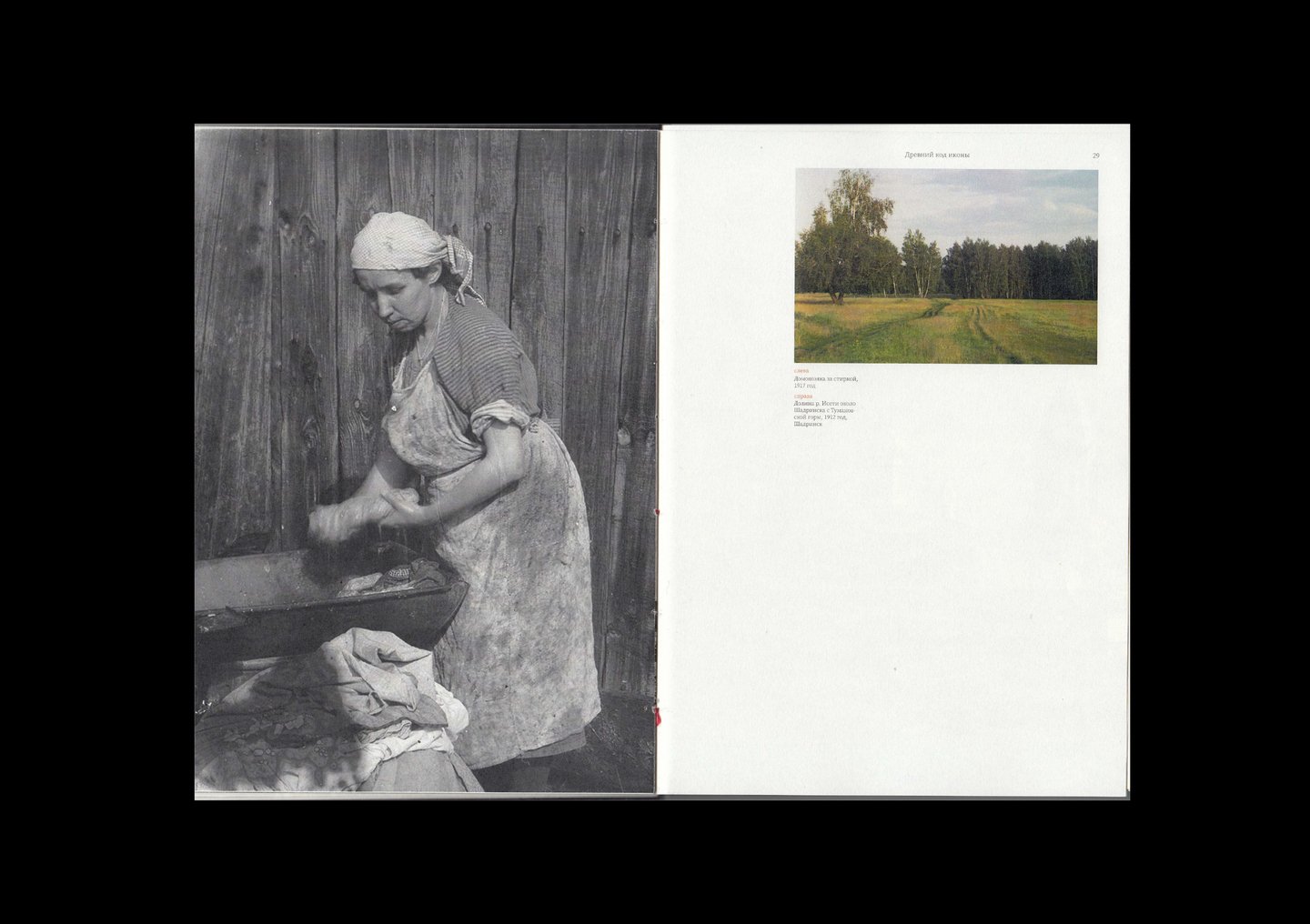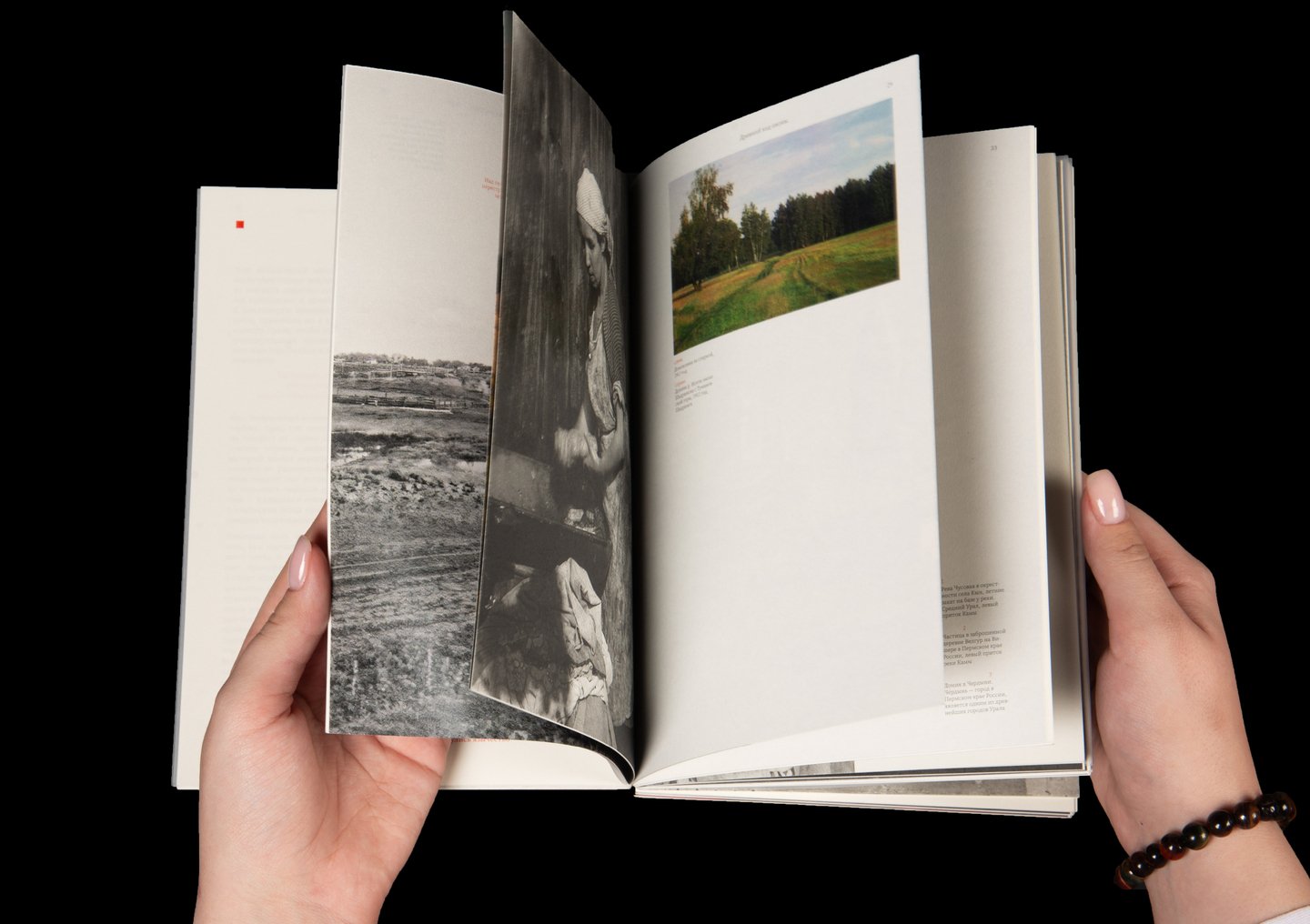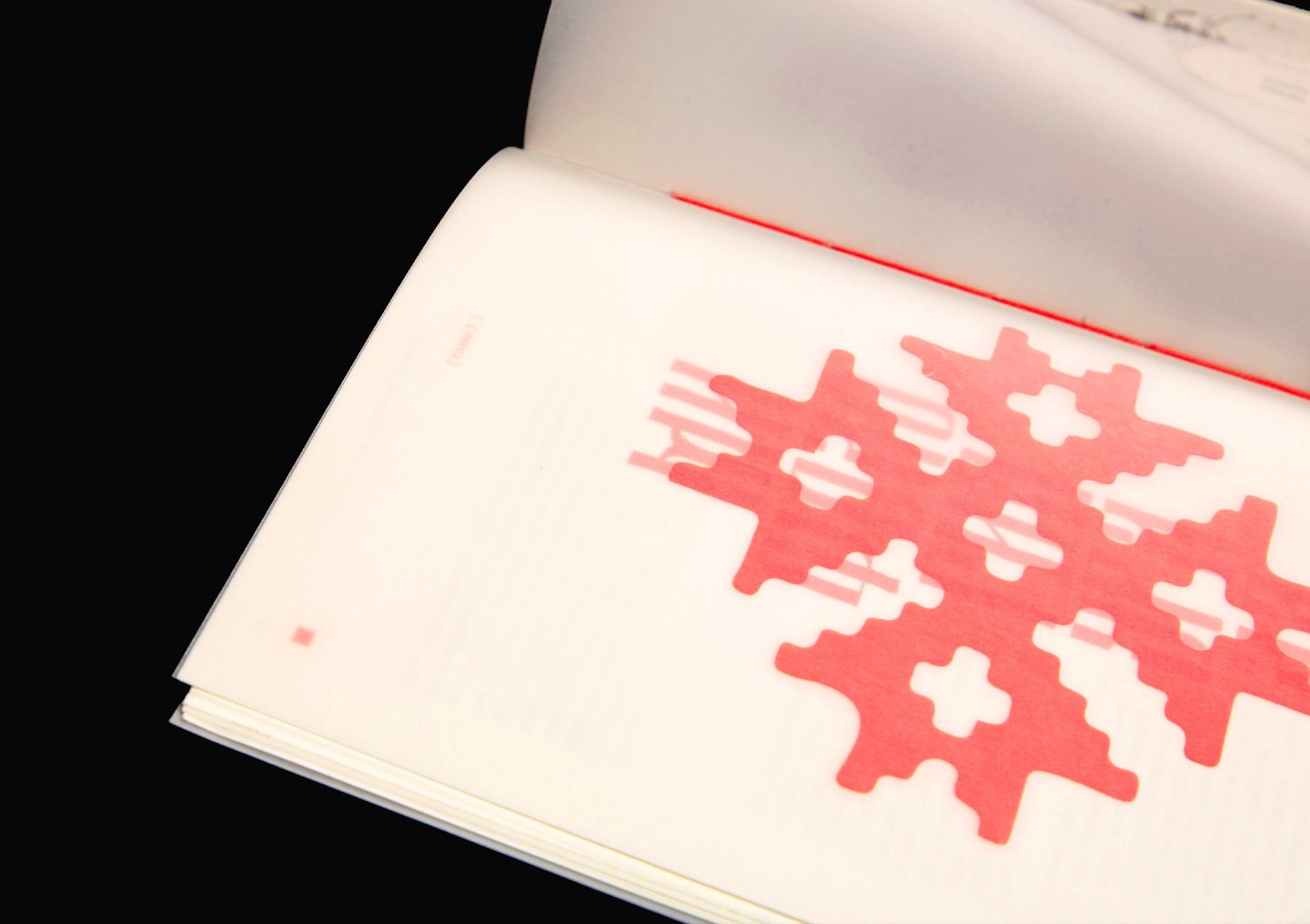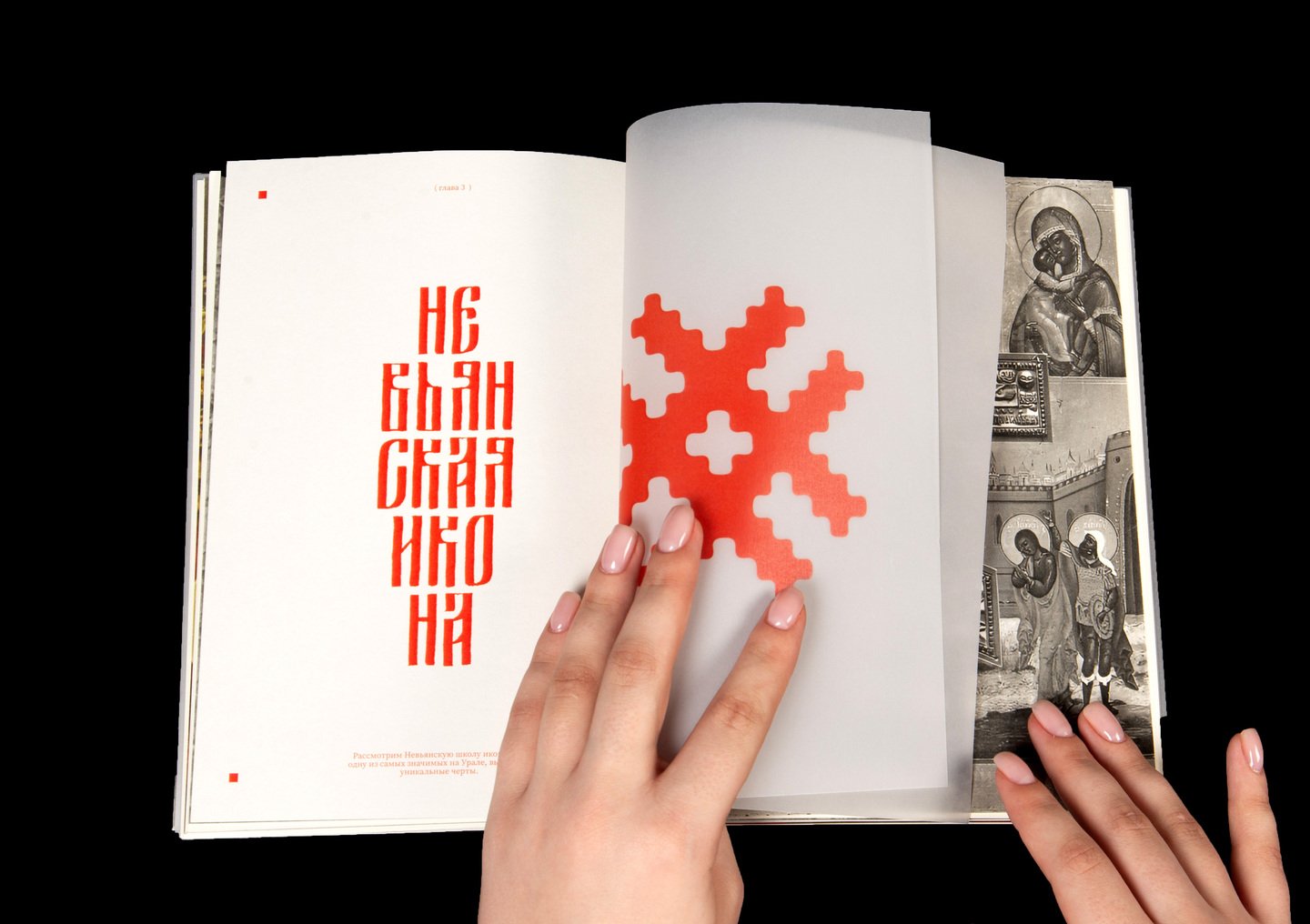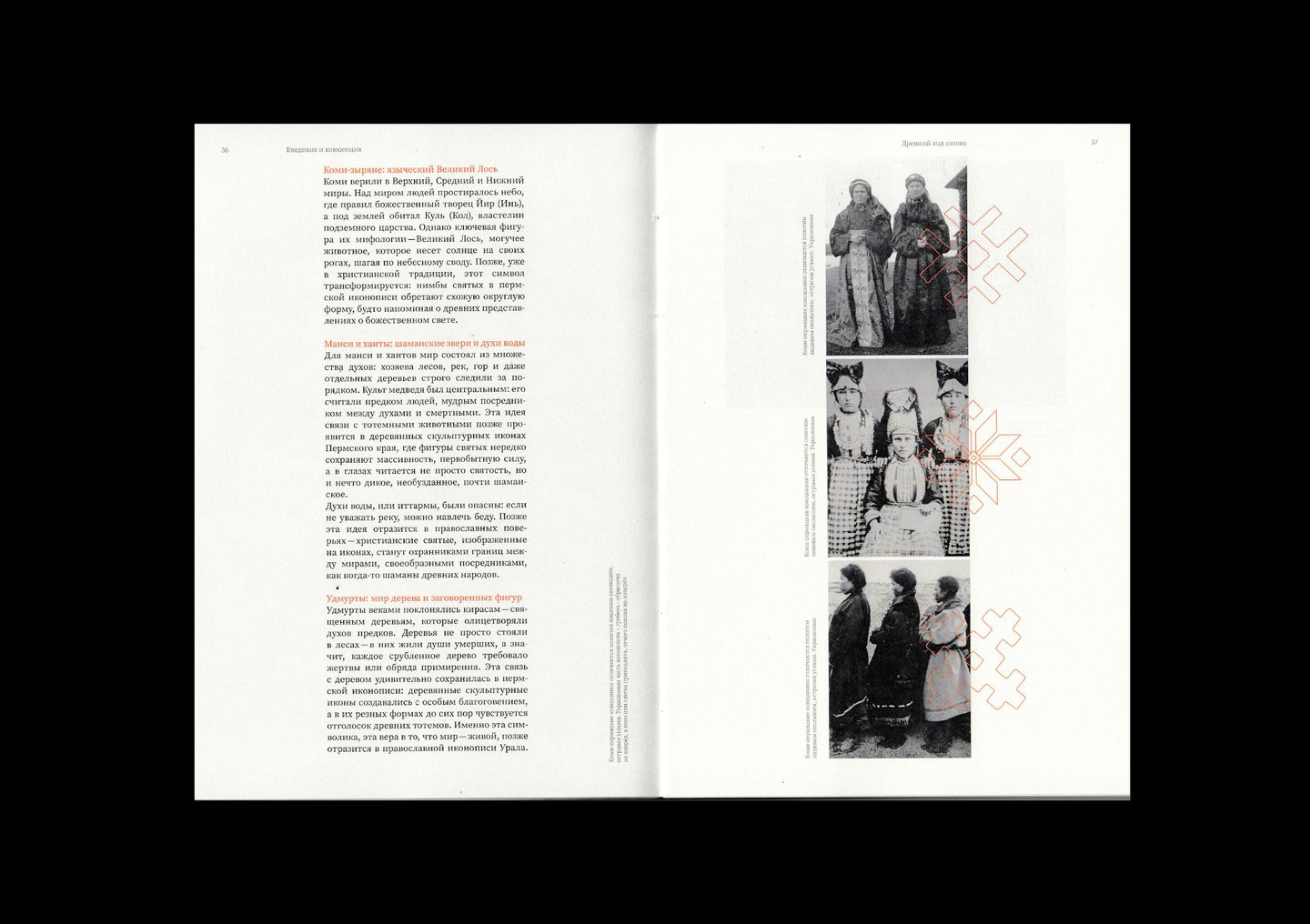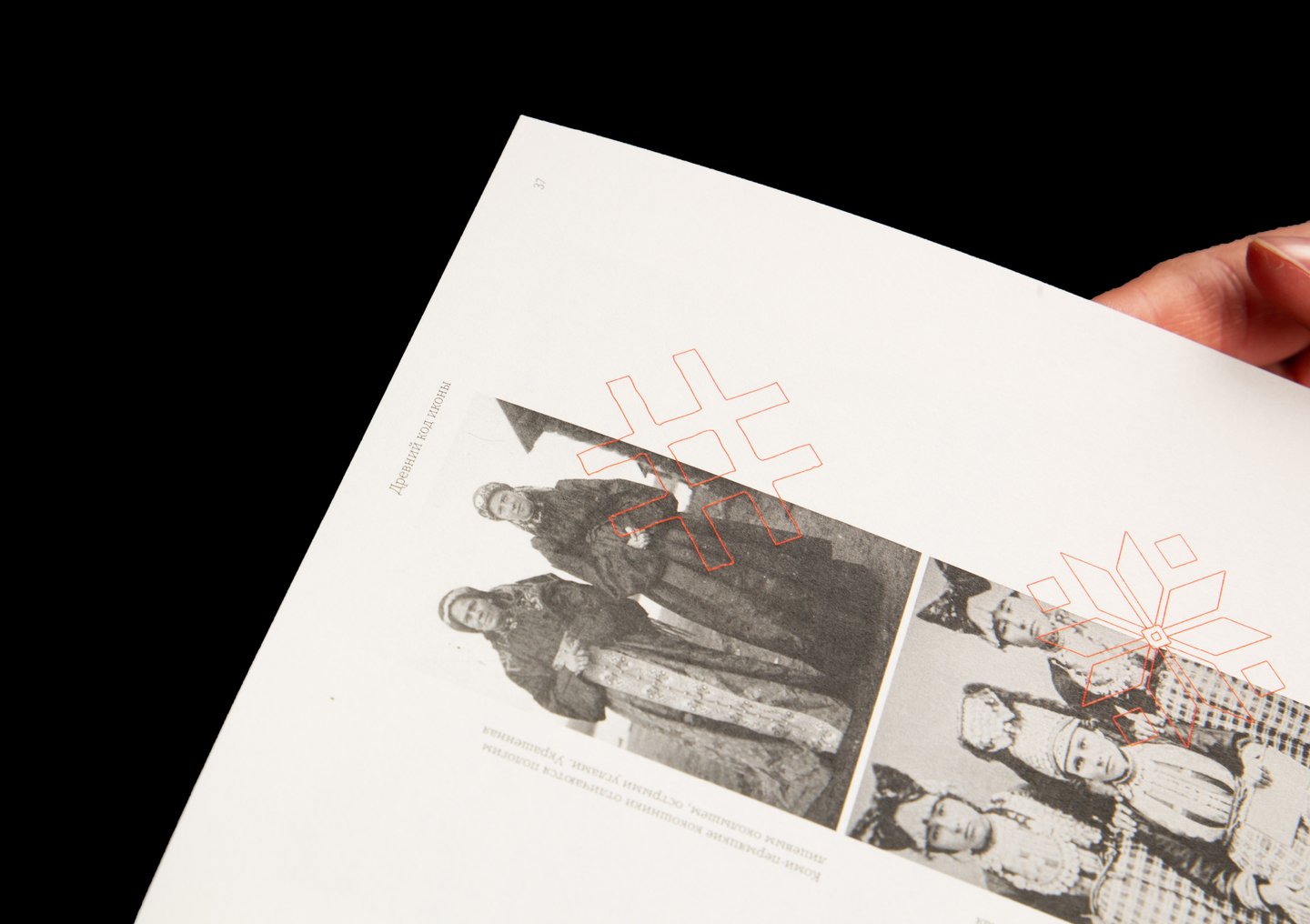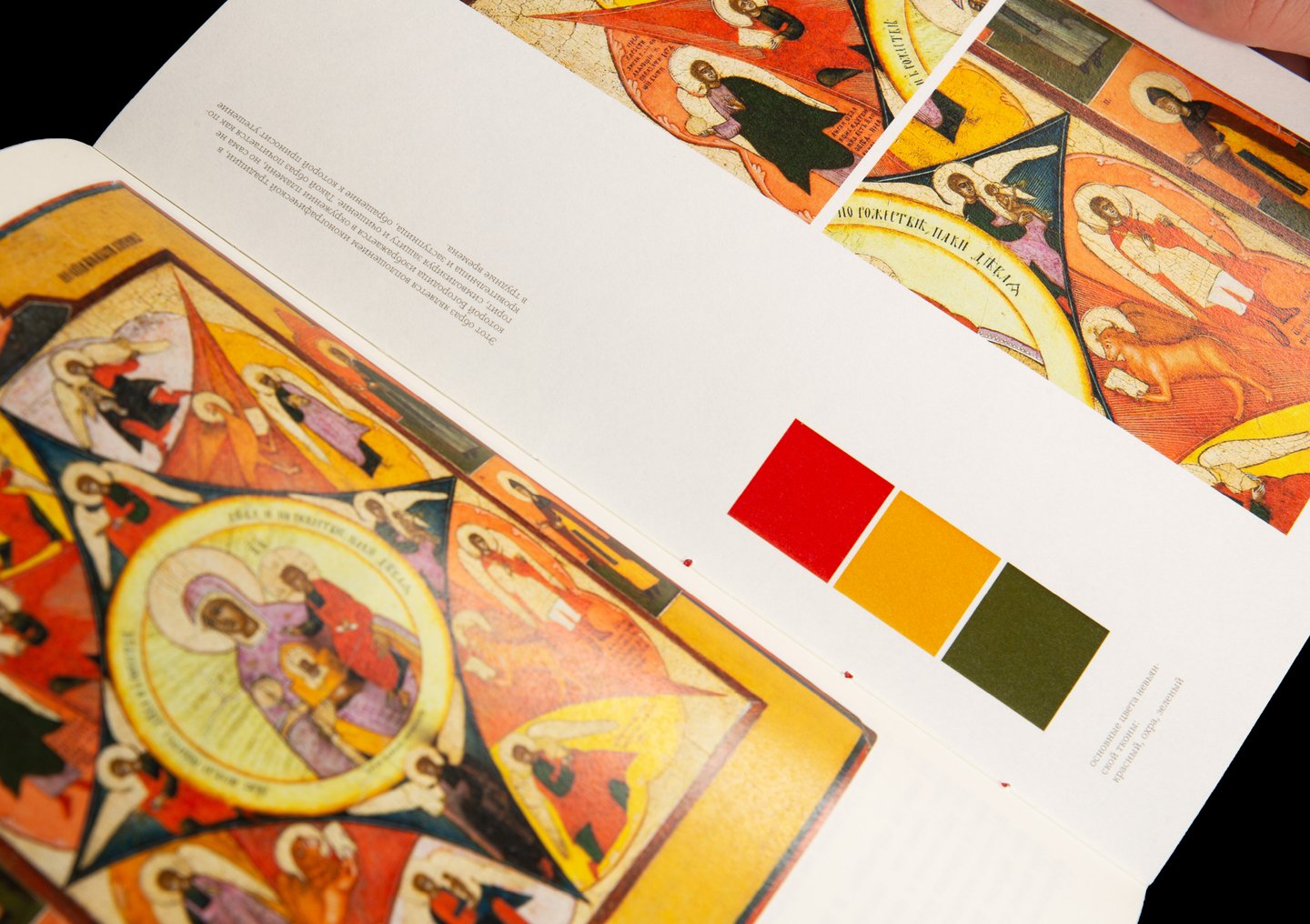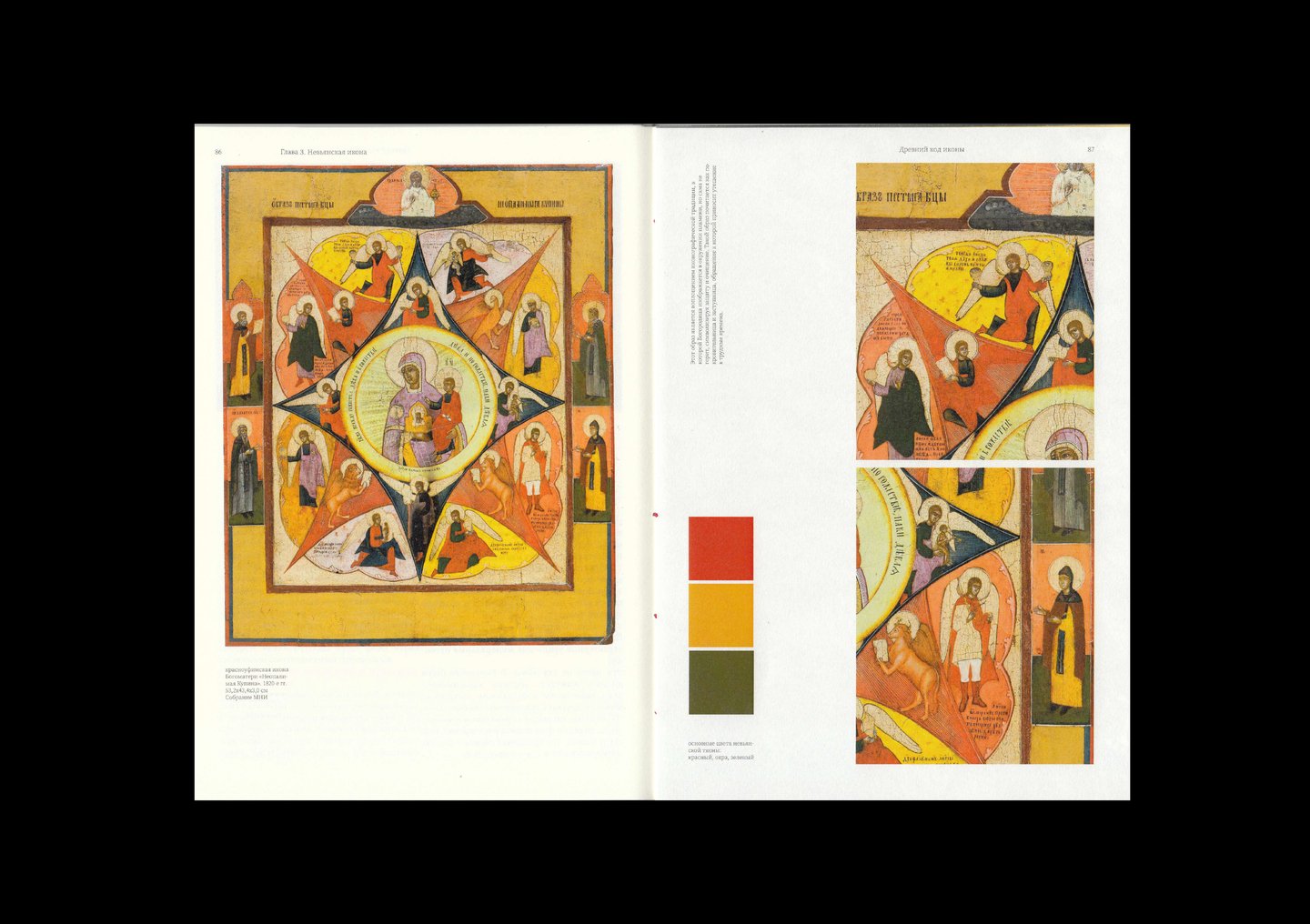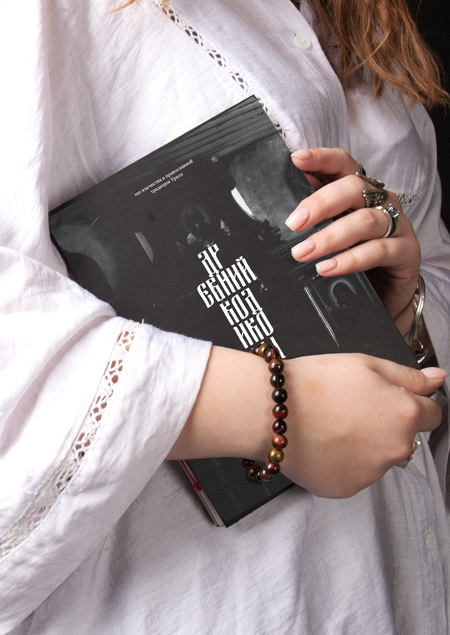
Ancient icon code
«The word became flesh, and lived with us (In 1:14)»
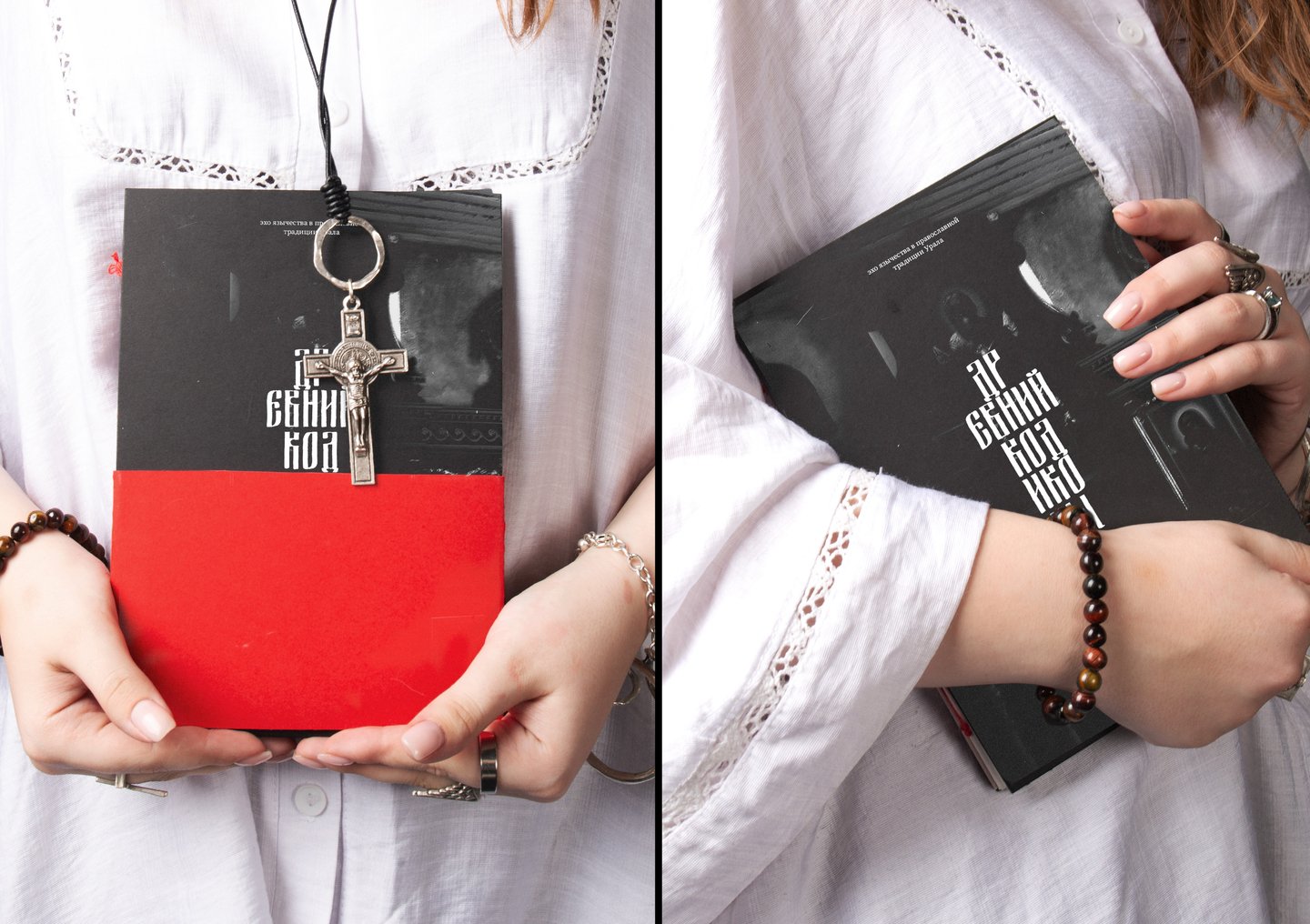
The work examines how pre — Christian pagan myths, symbols, and traditions of Ural are reflected in Orthodox iconography. In the case of the Perm icon and the works of the Nevian School, consider how pagan culture and Christianity have been combined, creating a unique visual code. The study covers the historical context, symbols, artistic features and their change with the transition to Orthodoxy.
We used to see icons as something strict, dogmatic, but behind their shape is a history of transformation. Ural iconicism is proof that culture is not a frozen monument, but a living organism that breathes, absorbs, transforms. In my work, you will look at iconic, not as a religious attribute, but as an art that lives forever.
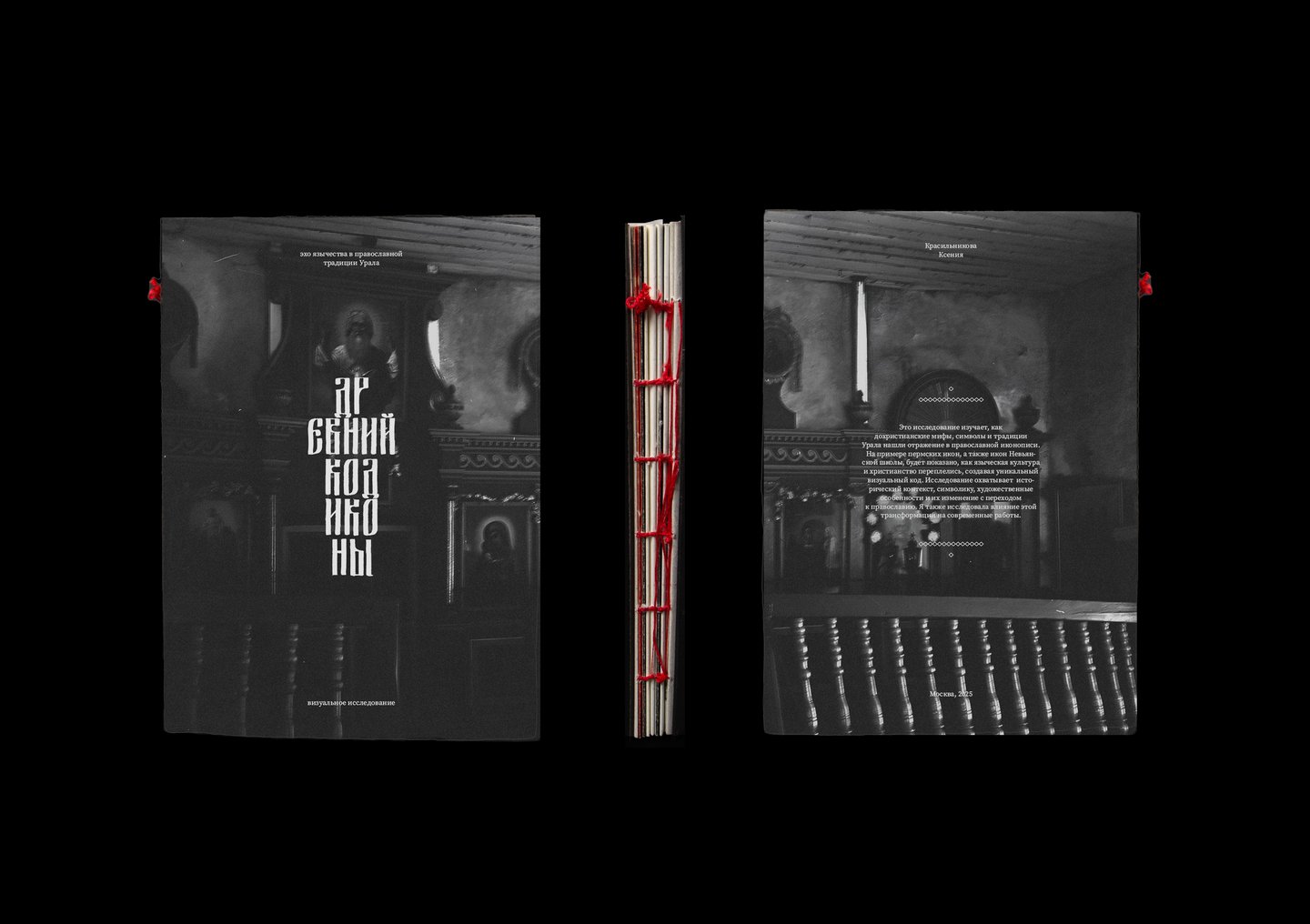
Coptic’s hand-to-hand binding of a red thread to create an old book like the old ecclesiastical writings.
The visual reception used in the book is based on the principle of symmetry, reflecting the key feature of the iconography, where the composition is built around the center. In an iconic tradition, the center is the point from which the divine presence originates, and the whole composition is structured in such a way as to emphasize this sacrilege balance.
At the beginning of the book, all the photos of the past are black and white, and all the photos of the modern era are coloured.
The Schmuztituls are accompanied by a squid that depicts old-fashioned and pagan symbols, creating an effect on the build-up of eras. In the first chapters, dedicated to paganism and perm iconicism, the symbols relate to land and archaic cults, highlighting the depth of ancient beliefs. But as the book progresses, Christian motives come to the fore. It’s like a mole with pagan signs covering up Orthodoxy, showing that it’s taken archaic forms. However, when the symbols are turned, they go back to the past — remaining the foundation but giving way to new times.
Smurfs
The principle of calculus
The first chapter deals with the late arrival of Christianity in Ural, as opposed to earlier centres. Introduction in the context of paganism and Christianity.
Smurfs of the second order
The principle of double calculus in smuzchiles
All-turn images
pagan symbols correspond to the peoples in the photo.
The second chapter considers how ancient symbols gradually transform into Christian images and how this has affected perm’s iconic work.
Final turns of chapters
In chapter three, I viewed the Neviyan School of icons as one of the most important in Ural, identifying its unique features.
the location of the icon in the book
In the last chapter, I studied how the icon continues to maintain its importance in the culture and art of Urala in the twenty-first century.
all turns of the book
